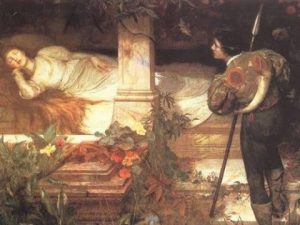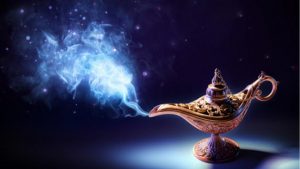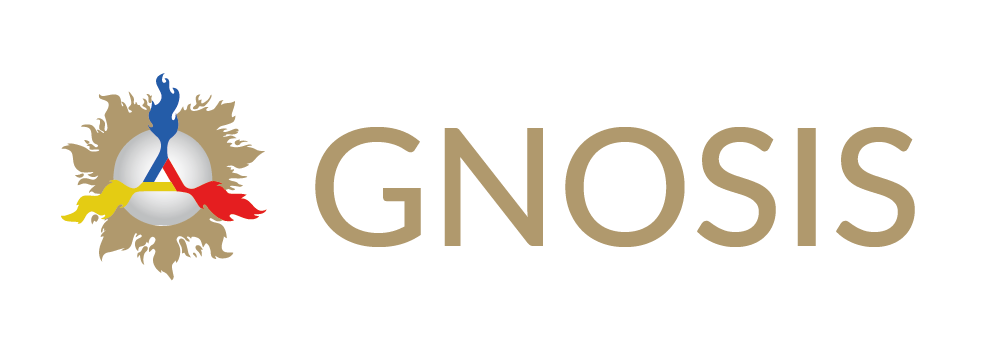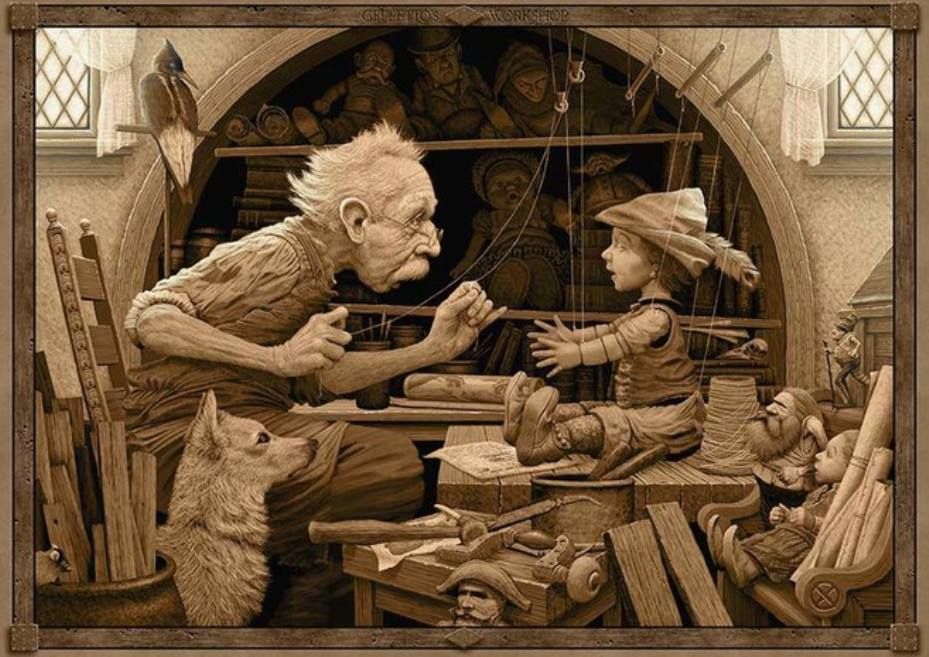
Three fundamental aspects of self-knowledge Willpower
25 August, 2021
The Law of Destiny
16 October, 2021A message for our consciousness
The classical tales
Throughout the ages, human beings who have been inspired by their Being have expressed it in various ways. They have presented humanity with a message to the consciousness in the form of symbols and allegories. Sometimes through literature, sometimes through music, sometimes through sculptures, paintings and architecture.
Some of these expressions are the classical children’s stories. These contain timeless principles, presented by their authors so that both children and adults can absorb this wisdom in a way that is both instructive and enjoyable.
Those eternal principles are the same as those found in the sacred books of all cultures and they form the basis of all Mystery schools: The mystical wisdom of Egypt; Eleusis in Greece; the Druids in ancient Gaul; the Christian Gnostics of the catacombs; the alchemists of the Middle Ages; the esoteric orders of the Renaissance; the Masonic lodges of the Enlightenment, and so on.
This is how the hidden wisdom has been revealed through signs and symbols in various guises so that the disciple who is prepared to interpret them can comprehend their depth.
” It is never too late to inquire and learn”. Carlos Collodi. (author of The Adventures of Pinocchio.)
The puppet who longed to be a real boy
Among the classic tales that contain profound messages for the consciousness, we find the wonderful novel ” The Adventures of Pinocchio ” written by Carlos Collodi, a freemason. The story draws many parallels between the hapless wooden puppet and the human being. The character in the story, in search of adventure, ignores the voice of his conscience (the talking cricket). Moreover, he disobeys his father (his inner Being), lies to the lady with the turquoise hair (the Blue Fairy, representation of the eternal feminine) and resists going to (mystery) school and being educated.
“A conscience is that small voice that people don’t listen to”. Carlos Collodi, The Adventures of Pinocchio.
The puppet makes dreadful mistakes, and even manages, through his blunders, to have his father imprisoned (symbolism that our Being is imprisoned because of our mistakes). He also allows himself to be carried away by unhealthy inclinations (selfish passions) that cause him to become a beast (transformation into a donkey). His Father, however, is still looking for him and waiting for him, and this is why his Magical Mother, the Blue Fairy, gives him another chance to correct himself. Then he is reunited with his father inside a whale (wisdom, the darkness that precedes the light). And after sincerely repenting, he works on improving his relationship with his Father, until he finally becomes a real boy.
“THE INTELLECTUAL ANIMAL is a machine, but a very special machine. If this machine comes to understand that it is a MACHINE, if it is well directed and if circumstances permit, it can cease to be a machine and become a MAN”. Samael Aun Weor, Fundamental Education.
The correct path is reached through knowledge and wisdom. What had been a piece of wood and then a puppet, finally became a real person after overcoming the adversities that came his way. Thus Collodi gives, through the tale of Pinocchio, an allegory about human development through honour, truth and virtue.

The Dream of the Consciousness: The Metaphor of the Sleeping Maiden
Another of the widely known classical tales is that of Sleeping Beauty. Just as mythological stories and biblical parables are narrated in a symbolic way so that they reach the consciousness directly, the different versions of this classic story (Giambattista Basile, Charles Perrault and the brothers Jacob and Willhem Grimm) are all narrated in this same way. Coming from the oral tradition, the different versions tell the story of a young, beautiful and dignified maiden who, on reaching the age of passion (fifteen years old), falls under the spell of a witch (the ego) who wants to kill her but manages only to put her to sleep for 100 years. (You cannot kill the consciousness, but you can put it to sleep).
All versions of the story coincide in that a prick or sting is what leads to the deep, hypnotic sleep. That prick is none other than the sexual energy that, with its impulses, becomes active, generating a whole series of changes in the young person. If not properly channelled, these changes pose a risk to our spiritual values. Thus, the spinning wheel (symbol of the wheel of life, evolution and involution; return and recurrence) enters into action, weaving the threads of destiny.
“Consciousness that sleeps…How different it would be if you woke up…. You would know the seven paths of happiness. The light of your Love would shine everywhere….”. Samael Aun Weor . The Revolution of the Dialectic.
From there on, the sleep of this maiden, who is the very consciousness of the disciple, that once held many virtues, becomes fascinated by the enchantments of the world, and falls into a deep sleep. A hundred years must pass, (for the disciple to seek his Being again) before the student (the Prince) sets out to rescue his consciousness, eliminating all the thorns and undergrowth that obstruct his path, as an allegory of the elimination of the ego and its nefarious branches. It is only possible to awaken the consciousness with the virtue of love, and so the kiss that awakens the maiden from her hundred-year slumber is the representation of love and all the magic it possesses.

The Trapped Genie and the Wonderful Lamp
Ancient oriental lore is full of tales steeped in magical esotericism and hidden messages.
Aladdin is one of the stories of the Arabian Nights and one of the most famous in Middle Eastern culture. Although it does not belong to the original Arabic collection of the Thousand and One Nights, it is one of the best-known classic tales associated with that collection. It was actually added to the collection by the Frenchman Antoine Galland, in his own adaptation, after hearing the tale from the Syrian Maronite Christian storyteller Anṭūn Yūsuf Ḥannā Diyāb.
The word ‘genie’ comes from the Latin word genius, which has the Indo-European root gen: ‘to produce’, ‘to generate’ ; from the Arabic djinn or jinn – beings created from smokeless fire to worship God. A Genie is a divinity who watches over every person.
In the metaphor of this story, the jinn is the Being trapped by the ego, in a lamp (symbol of the light of conscience, which the disciple needs so much) which is extinguished because of the sleep of consciousness.
“When one has “Ego” the essence returns like ALADDIN’S LAMP to the bottle, the interior of the ego”. Samael Aun Weor, The Science of Meditation.
The material from which the oil lamp is constructed is metal, which appears dirty and dull. For the Genie to place himself at the service of man, he must clean this lamp until it shines.
The medieval Alchemists used to say “Burn your books and whiten the brass”.
This invites us to put aside theories and put into practice the elimination of the ego, transmuting the lead of the personality into the gold of the spirit. This is how we can obtain the spiritual treasures that only a Genie (our own Being) can give us, once we have understood that love is the most valuable possession one can have.
Understanding all of these ancient teachings, which have enchanted us since childhood, with the light of consciousness and from the esoteric perspective, opens us to a new dimension of spiritual learning.
All these eternal principles, which are found throughout the ancient traditional tales, belong to a transcendental knowledge and their principles are delivered through the Self-Knowledge courses that our institution offers.
If you are interested in this and similar topics, we cordially invite you to register for free.




